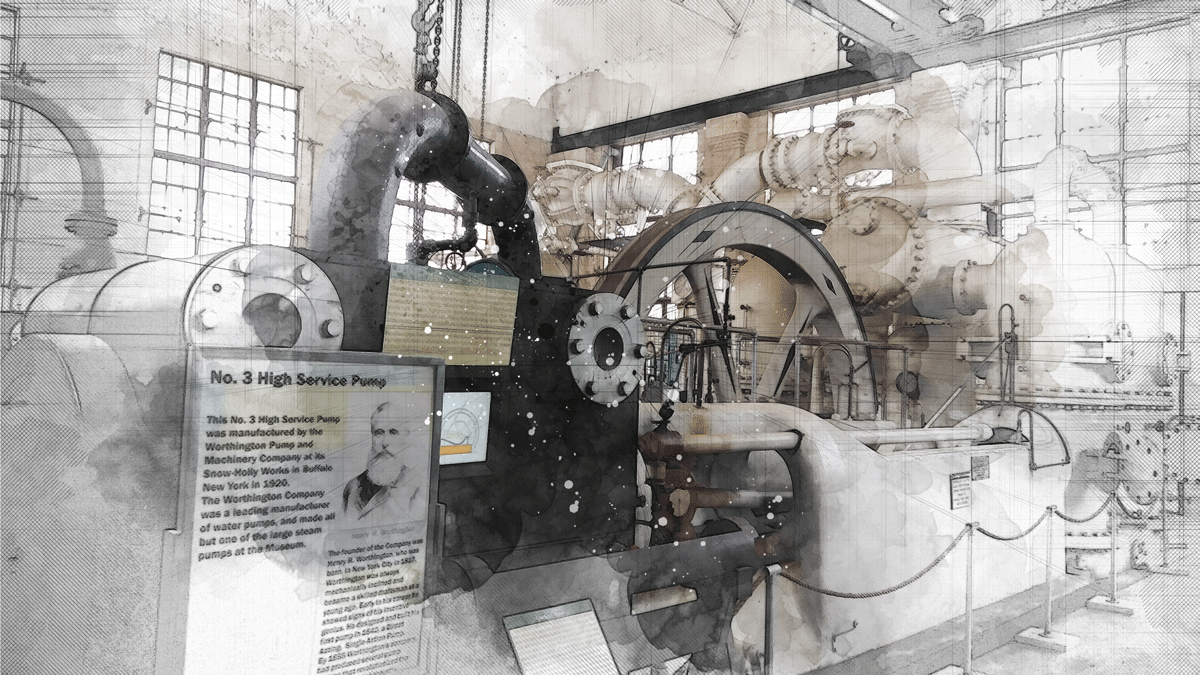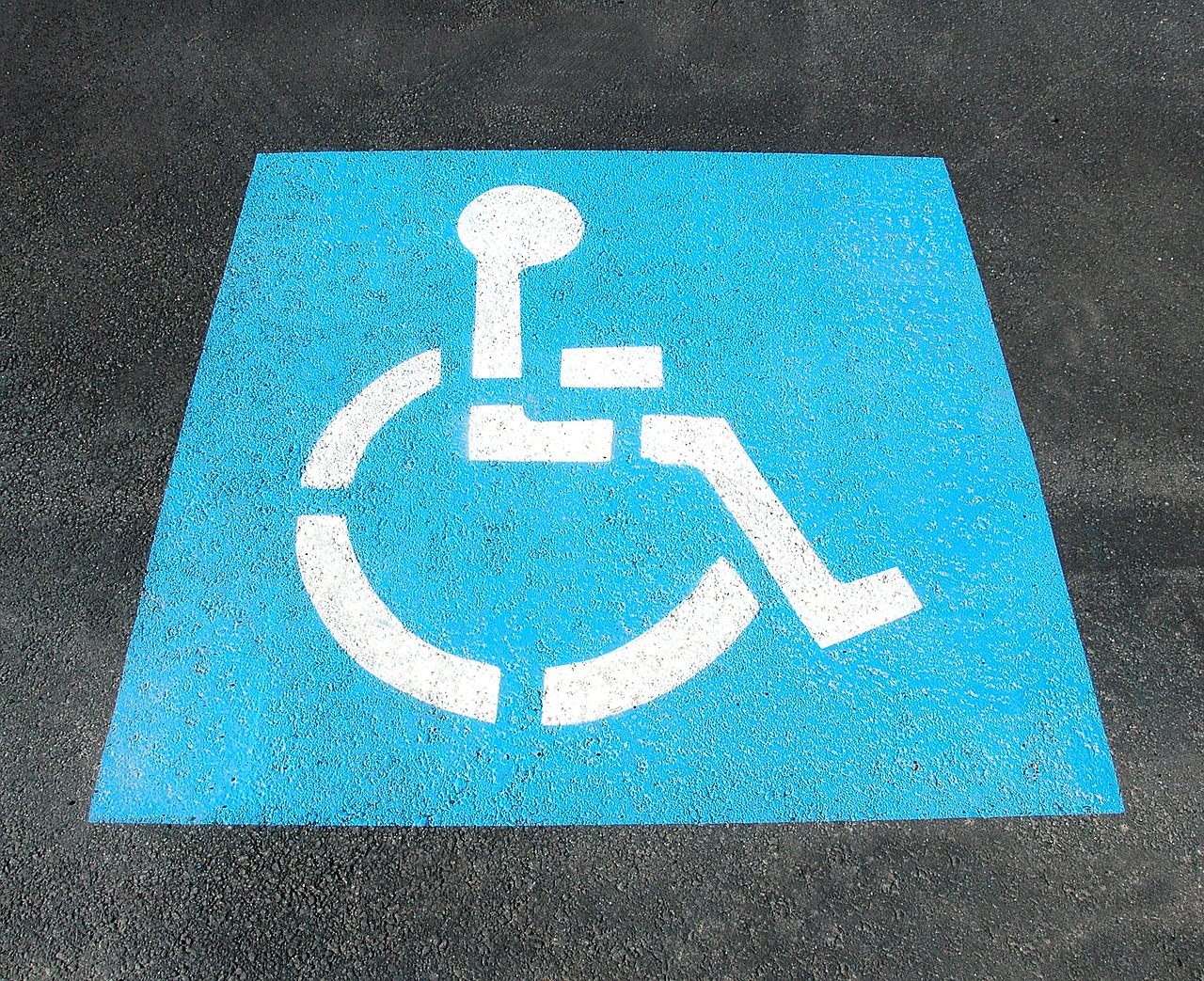By Jason Epperson
Listen below, or on any podcast app:
One of the best things about a road trip is uncovering new experiences that weren’t even on your radar. As we travel the country, it’s very hard for my wife and me to pass up a historical marker. Often something small happened in that location, but other times it’s a grain elevator museum or an old train depot. Fantastic reminders of the development of modern conveniences.
One such place caught our eye in the city of Shreveport, Louisiana. Shreveport isn’t what many would call a tourist town, but we were swept away by its charm, it’s food and its history.
On a side street in an industrial part of town, next to a junkyard and rail line sits an unassuming little building that seems to have the power of Arthur Weasley’s tent…it quadruples in size when you walk in the door. And inside, you find a testament to American ingenuity.
To understand the importance of what we’re about to talk about, you have to understand the importance of water to Louisiana. They have a heck of a lot of it, but it’s either salty, brackish, or as thick as milk with silt and sediment. It takes a lot to make it drinkable.
America’s first great architect, Henry LaTrobe, spent the latter half of his career in Louisiana, arriving in New Orleans in 1807, and one of his first projects was resent a plan for a waterworks system to the city council. It was based on the Philadelphia waterworks, which he earlier designed.
In the 19th century, most middle and upper-class households had cisterns. These large wooden barrels or tubs, located above ground collected runoff rainwater water for bathing and laundry.
Cisterns weren’t a reliable source of drinking water and provided a breeding ground for mosquitoes that helped spread malaria and yellow fever.
For the wealthy, drinking water often came from springs and was delivered at a cost. The poor often could not afford clean water to drink or to even bathe often, and the additional lack of public sewer systems created unsanitary conditions ripe for disease.
The main issue that encouraged the creation of waterworks systems was not disease, however. It was fires. Without a readily available and consistent source for water, fires were nearly impossible to control.
The system in Philadelphia was created to help eradicate a yellow fever epidemic affecting the city. Latrobe’s system used steam pumps to move water from the river to a reservoir upstream; so that gravity could be used to transmit the water from there to residents in the city. The New Orleans project also was designed to desalinate water. The city agreed to commission the waterworks project in 1811, and the project spanned eleven years. Latrobe, and his son, both ironically, and tragically, died themselves of yellow fever.
Water was the greatest health crisis of the time, whether people knew it or not, and LaTrobe’s innovations, along with those many others, helped increase life expectancy in industrialized countries by 15 years in one century.
After the civil war, during the 2nd industrial revolution, municipal utility development began in earnest in American cities, especially due to innovations in electricity, petroleum, and steel. Shreveport was no different.
A little history:
The McNeill Street Water Treatment Plant was constructed in 1887 as the second waterworks built in Louisiana and one of the first in the post-Civil War South. As with many other municipal utilities developed during this era, it began as a private franchise, known as the Shreveport Water Works Company.
It was the second such facility in Louisiana, preceded by the New Orleans plant which opened in 1837. It was built along the Cross Bayou under a franchise agreement with Samuel R. Bullock & Company of New York.
Disputes soon arose because the waterworks failed to produce the level of service and quality water that was agreed upon. The city and many customers refused to pay their bills, as the water was often muddy and unfit for consumption.
Bullock began to make improvements, starting with the addition of filters in 1889, but not before the First National Bank of New York assumed control through foreclosure. Four Hyatt pressure filters were completed in 1890. At this time, less than 10% of the nation’s waterworks filtered water, and only 12 of those were in the South.
In the fall of 1892, prominent local businessman Peter Youree purchased the water franchise and would ultimately invite his brother Henry to assume the duties of superintendent. Several improvements were made that increased water production but did very little to improve quality. Seven years later, American Water Works & Guarantee Co. purchased the franchise and made considerable improvements, investing more than $100,000, paying for a first-rate high service engine. New boiler feedwater heaters, a clearwater well, and many more upgrades. Capacity increased from five to 22 million gallons a day.
The original 30-year franchise agreement was about to expire, however, and the city forced the sale of the waterworks back to the public for the price of $800,000. On January 1, 1917, the era of private ownership had ended and the waterworks began many more decades of service to the community under city ownership.
The McNeill Street Water Purification and Pumping Station ran almost as it was left 63 years earlier, until its the historic portions were finally retired and abandoned by the city in 1980.
These areas include the intake structures adjacent to Cross Bayou, the sedimentation basins built in 1887 and rebuilt using concrete in 1926, the exterior filters and filter control building constructed in the1940’s, and the original 1887 building, which was enlarged several times during its 93 years of use, along with all the antique equipment housed inside.
This machinery includes some of the earliest water treatment filtration equipment installed in the United States, dating from 1890 and 1900, and steam-powered pumping engines that were installed in 1898, 1900, 1920, and 1927. When the 1917 boilers that provided the steam that powered the plant were finally extinguished in 1980, the McNeill Street Plant was the last operating steam-powered water treatment plant in the United States.
In 1982, it was named to the National Register of Historic Places and recognized as a Historic American Water Landmark by the American Water Works Association. In 1983, the water plant was designated a National Historic Landmark by the U. S. National Park Service, the highest historic status awarded, and it is still one of only two such sites in northwest Louisiana.
The site still operated as a filtration facility until 1994, at which point it had served the community for 107 years. “Water Purification” was dropped from the title, to denote the end of water treatment operations. The active area of the site continues to serve, operating as a pumping station for downtown Shreveport and Barksdale Air Force Base in Bossier City.
Today, visitors to the Shreveport Water Works Musem can walk through the main building and see the massive boilers and pump works, along with the equipment used to maintain and repair them. You can walk through the filtration building and then go outside to see the large filtration bays built out of crude concrete. It’s a wonderland of gears, valves, gauges and more that will leave any toddler or the young at heart breathless.
What makes it so great is that the machinery is left almost exactly as it was when it went out of operation. Visiting is entirely free, and a guided tour is available.
For a special treat, ask the volunteer at the front to let you blow the steam whistle. Cover your ears first.
Jason Epperson is the co-host of the See America Podcast and Co-Founder of the RV Miles Network, a network of resources for the U.S. based traveler. Jason, along with his partner Abigail Trabue, travels the country full-time with their three boys discovering great road trip destinations and exploring our National Parks.
To learn more about the RV Miles Network, including the RV Miles and America’s National Parks Podcasts, visit RVMiles.com.
Want to chat about great travel destinations all across the US? Join the See America Facebook Group and don’t forget to follow See America on Instagram, Facebook, and YouTube.
You can hear this story and more on the See America Podcast. Available on Apple Podcasts or wherever you listen to podcasts.

See America is sponsored by Roadtrippers. America’s #1 trip planning app. Enjoy 20% off your first year of Roadtrippers PLUS with the code RVMILES917X.






